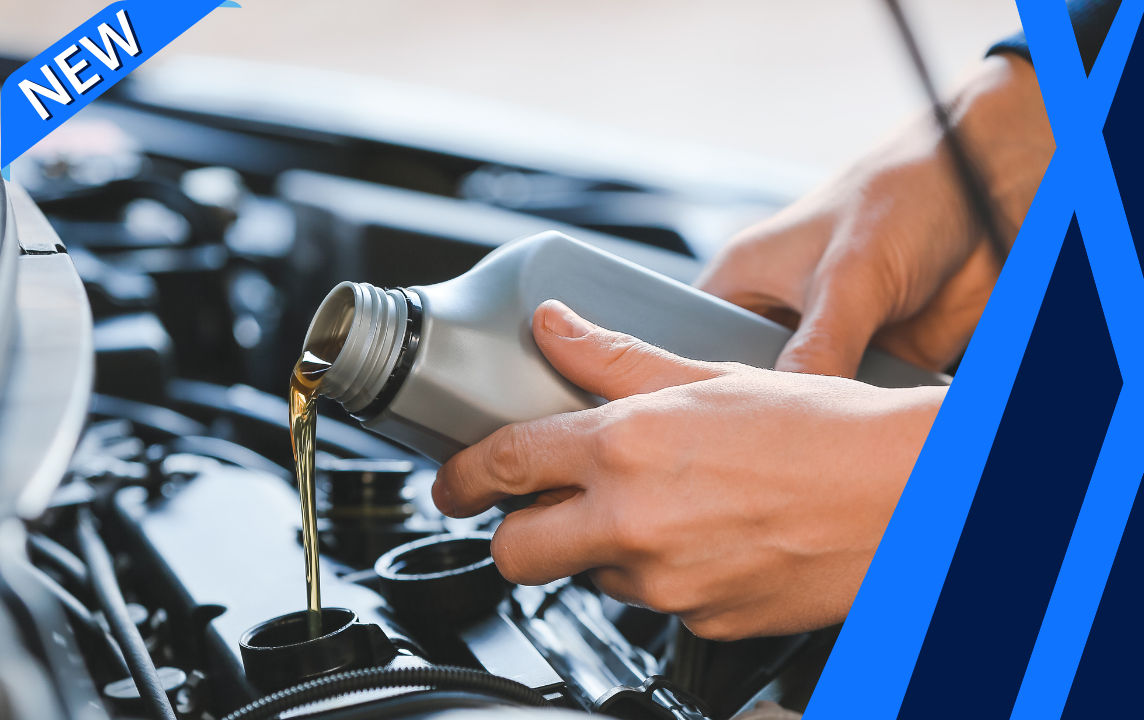Description
The Clutch is not working Inspection
How this system works:
The clutch system transmits engine power to the gearbox and interrupts transmission during a gear change. The main components of the clutch system include the master cylinder, a slave cylinder, flywheel, and an operating linkage.
The majority of vehicles use a friction clutch that is operated by hydraulic fluid or a cable. A flywheel connects to the engine, and the clutch plate connects to the transmission. The clutch is engaged when the pedal is not being depressed. The springs push the pressure plate against the flywheel, which locks the transmission to the engine.
When the clutch pedal is depressed, the clutch disengages. An arm pushes a release bearing against the centre of the spring, which releases the clamping pressure.
Common reasons for this to happen:
- Malfunctioning Clutch Master/Slave Cylinder: A clutch master cylinder has a reservoir that holds brake fluid. The master cylinder is connected to the slave cylinder via hoses. As the clutch pedal is depressed, brake fluid moves from the master cylinder to the slave, applying pressure to engage the clutch. Both the master and slave cylinders have seals that can wear out, which will cause a leak. A leak will eventually lead to a clutch malfunction. Common symptoms of a failing master or slave clutch cylinder include the clutch going all the way to the floor, not shifting gears, and a brake fluid leak.
- Clutch Fluid Leak: Clutch fluid is just brake fluid. A leak in the system will make it hard to change gears, and the clutch pedal may go all the way to the floor. They may also be a puddle of brake floor on the garage floor. A fluid leak is often a symptom of a more severe problem.
- Slipping Clutch: Clutches are designed to slip a bit when the clutch is first engaged or during gear change to provide a smooth ride, but once the clutch is fully engaged, there shouldn’t be any slippage. In most cases, slipping will happen while the vehicle is hauling a load or going up a hill. Slipping can cause the clutch to get hot, resulting in burned clutch facings, which can damage the flywheel and pressure plate. Normal wear and tear is usually the cause of a slipping clutch. You should address the problem as soon as the first symptoms appear to avoid additional damage.
- Chattering or Jerky Clutch: A grabby or jerky clutch is often caused by oil or grease that has gotten on the clutch linings. A warped flywheel or a loose clutch cover can also cause this problem.
- Air in Hydraulic Line: If there is air in the hydraulic line it will take up space that the fluid needs to build the proper pressure. This can result in a sticking clutch.
- Misadjusted linkage: The linkage that connects the pedal to the clutch system can become misadjusted. A sticking clutch is often a sign of this problem. The linkage will need to be adjusted to correct this problem.
- Broken Clutch Cable: The clutch cable can end up stretched or broken. If this is the case the clutch will often stick. The cable will need to be replaced.
- Clutch Will Not Release: There are many things that can cause a clutch to not release. Everything from the damaged input shaft splines to a worn bearing retainer to a bent clutch disk. A vehicle that has a clutch that will not release should be inspected as soon as possible as not repairing it will lead to further damage.
- Hard Clutch: If the clutch feels hard or stiff there is a good chance there is a problem with the pedal linkage or the clutch cable.
What to expect:
A top-rated mobile mechanic will come to your home or office to determine the source and cause of the clutch issue, and will then provide a detailed inspection report that includes the scope and cost of the necessary repairs.
How important is this service?
The clutch is integral to a smooth working transmission and even one malfunctioning part can have drastic effects on the rest of the clutch system as well as the transmission. Clutch issues should be repaired as quickly as possible.




